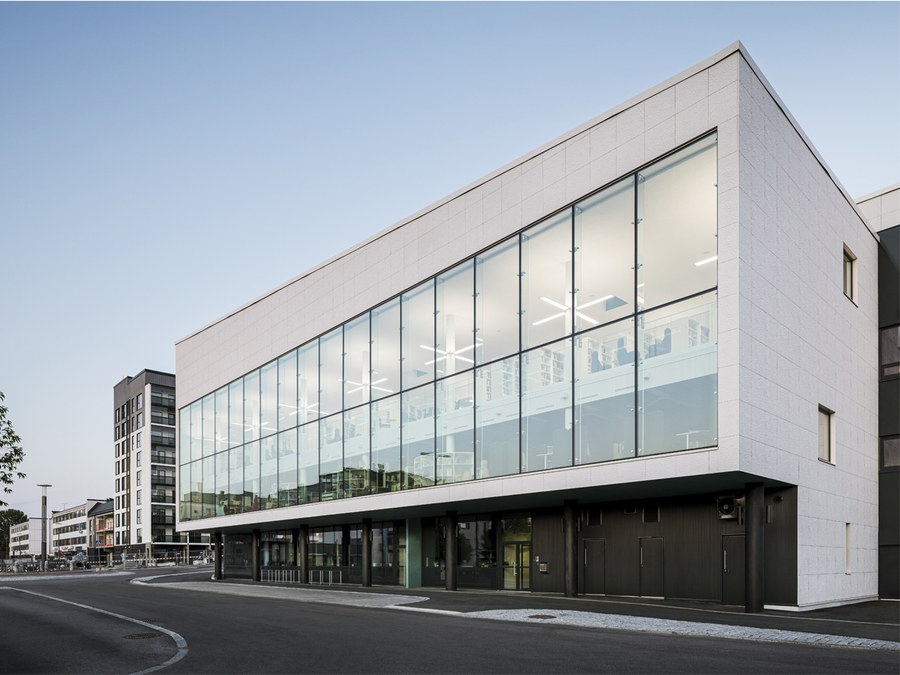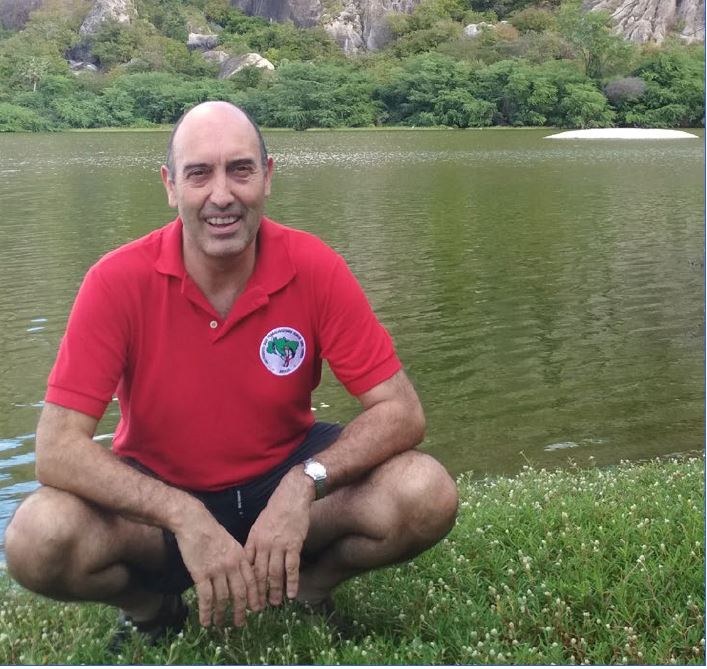What better than a paper-like texture for a library's facade

We love libraries... calm, silent spaces, full of knowledge, history, imagination... all stored in books, the protagonists of such spaces; books whose secrets are contained on pages of paper.
And what better idea for a library than for it to be covered in paper?
That was the thinking of the architect in charge of the project, Pekka Koli from the Tilatakomo Architectural Studio.
The library is located 200 km to the north of Helsinki, and below are the reasons why its creators decided to collaborate with us:
1. The paper texture
 The customisation options provided by the Stoneo panels, thanks to their workability, were key when it came to creating ideas for innovative textures. One of the most original creations is the paper texture, where a building's facade appears to be covered by a piece of crumpled paper.
The customisation options provided by the Stoneo panels, thanks to their workability, were key when it came to creating ideas for innovative textures. One of the most original creations is the paper texture, where a building's facade appears to be covered by a piece of crumpled paper.
2. The concealed fixing system: aesthetic facade
Our fixing system is concealed, meaning that you cannot see how the panels are fixed to the structure from the exterior. This is made possible by the grooved panels and the installation is completed by sliding the panel into the profiles of the structure.
3. Minimum joint size between panels: uniform facade
Our installation system allows various joint options. For Nokia's library, a 3 mm joint was used, one of the smallest on the market.
What does this achieve?
It helps to provide continuity in terms of the texture, creating the most continuous and uniform skin possible. This point was also key in Pekka Koli's decision.
There are other options in our system, such as the 8 mm and the 20 mm joint.
4. Customised panels that significantly reduce the installation time
ULMA panels are completely prefabricated pieces that are cut to size, arriving at the site ready for installation. This saves time and reduces costs, as the assembly is quick and easy.
5. Extremely durable facade thanks to the engineered stone
Last but not least, the resistance of the Stoneo panels is very high. It is a material that ensures durability over time. Its level of water absorption is almost zero, making it very efficient when faced by sudden changes in temperature.
The Tilatakomo Studio was founded in 1992, with a focus on the design of public and above all educational buildings.







